Market Share
3D LiDAR Sensor Market Share Analysis
The market dynamics of the 3D LiDAR sensor market are influenced by a combination of factors that collectively shape its growth trajectory. One primary driver is the expanding applications of 3D LiDAR sensors across diverse industries. The automotive sector, in particular, is a major catalyst, with the increasing adoption of autonomous vehicles relying heavily on these sensors for accurate and real-time mapping of the surroundings. The dynamics of the automotive market, including regulatory advancements and consumer preferences for advanced safety features, play a pivotal role in propelling the 3D LiDAR sensor market forward.
Technological advancements and innovations are key dynamics that continually redefine the 3D LiDAR sensor landscape. As companies invest in research and development to enhance sensor performance, reduce size, and improve energy efficiency, the market experiences a constant evolution. The race to develop sensors with higher resolution, longer range, and greater reliability intensifies competition, fostering a dynamic environment where companies strive to stay ahead of the technological curve. These advancements not only cater to existing applications but also open doors to new and emerging markets.
Market dynamics are also significantly influenced by regulatory developments and standards. As governments and regulatory bodies worldwide address the integration of autonomous vehicles and smart city technologies, standards for safety and interoperability become crucial. Adherence to these standards not only ensures the seamless integration of 3D LiDAR sensors into various applications but also establishes a framework for market growth. Regulatory support can either accelerate or hinder the adoption of 3D LiDAR technology, making it a pivotal aspect of market dynamics.
The global economic landscape and macroeconomic factors contribute to the market dynamics of 3D LiDAR sensors. Economic stability, consumer spending trends, and overall market conditions influence the investment decisions of companies, impacting research and development budgets and market expansion strategies. Economic downturns can slow down the pace of innovation and market growth, while periods of economic prosperity may lead to increased investments in emerging technologies, including 3D LiDAR sensors.
Competitive dynamics within the market are shaped by the strategies adopted by key players. Companies engage in mergers and acquisitions, strategic partnerships, and collaborations to strengthen their market position and gain a competitive advantage. The landscape is characterized by a mix of established players and emerging startups, each vying for a significant share. The entry of new players with innovative solutions adds to the competitive intensity, influencing pricing strategies, product differentiation, and overall market dynamics.
Consumer preferences and evolving industry trends play a vital role in shaping the market dynamics of 3D LiDAR sensors. As end-users across industries demand more sophisticated and cost-effective solutions, companies must adapt to changing preferences. For example, the demand for compact, lightweight, and easily integrable sensors is on the rise, driven by the need for seamless integration into various applications, including robotics and drones.
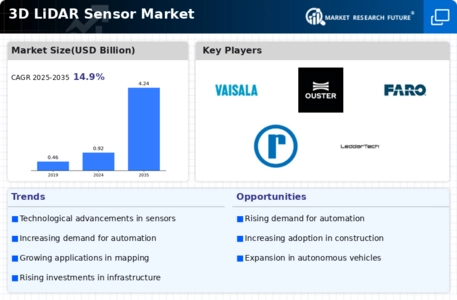
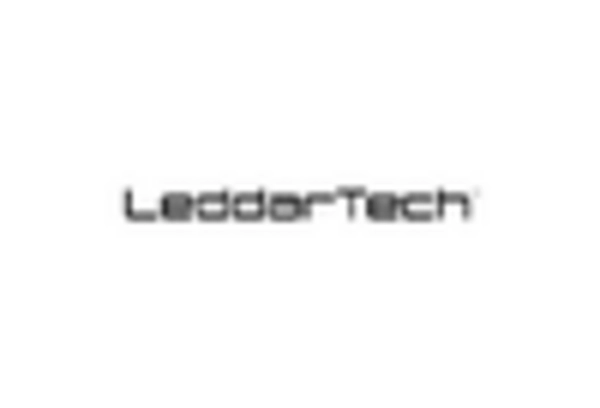
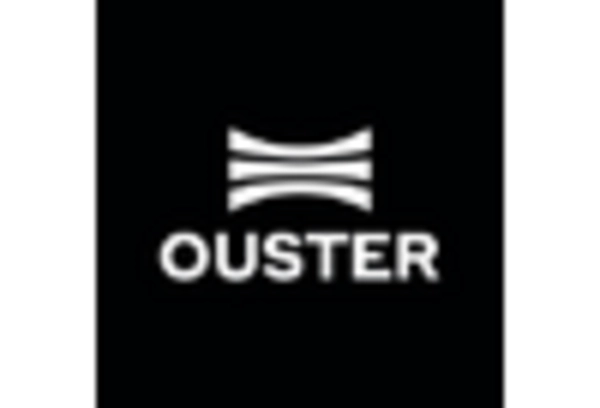
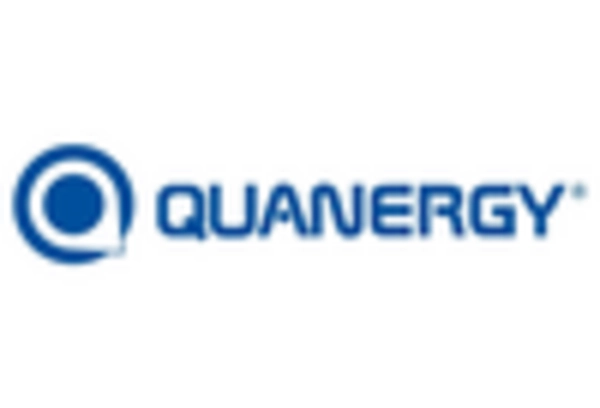
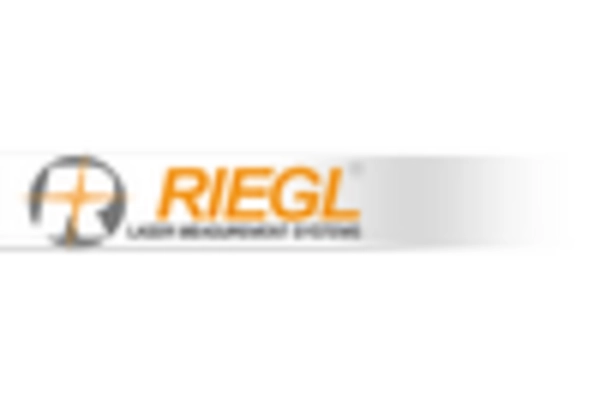
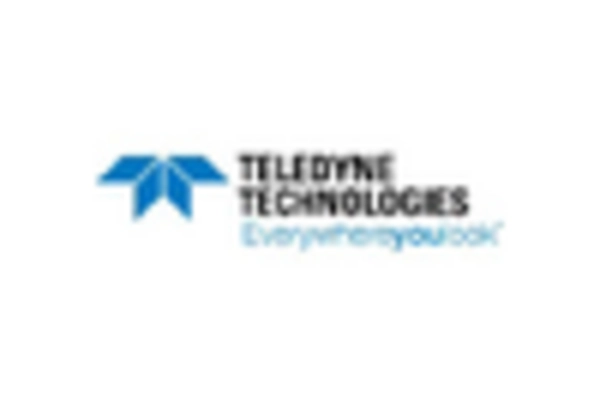
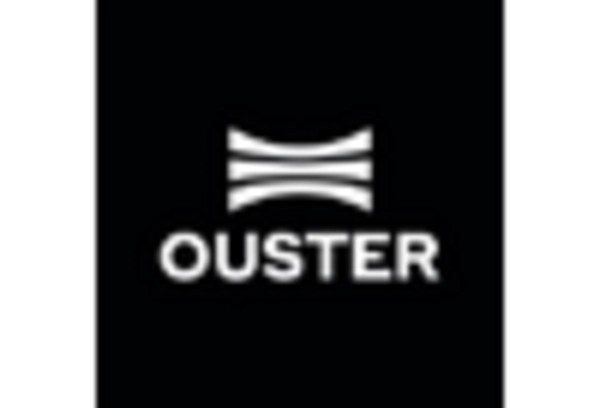









Leave a Comment